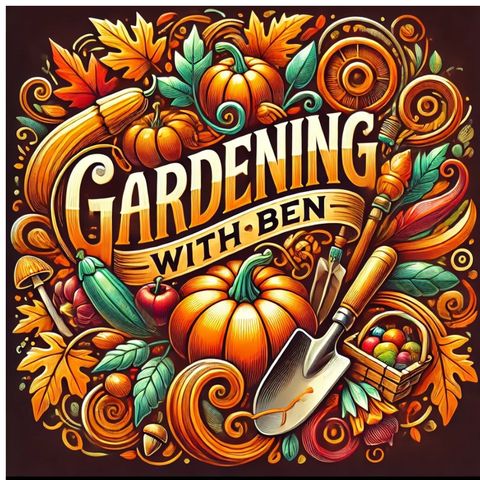"January's Snowy Allotment: Winter Gardening Tips and Tricks"

Descarga y escucha en cualquier lugar
Descarga tus episodios favoritos y disfrútalos, ¡dondequiera que estés! Regístrate o inicia sesión ahora para acceder a la escucha sin conexión.
Descripción
Welcome to "January's Snowy Allotment: Winter Gardening Tips and Tricks," your essential guide to maintaining and enjoying your allotment garden even during the coldest month of the year. Winter can...
mostra másEmbracing Winter Gardening
Winter doesn’t mean the end of gardening. In fact, it’s a crucial time for preparation and maintenance that will set the stage for a successful growing season. Here’s how to embrace winter gardening:
**1. Soil Health and Preparation:** Winter is an excellent time to improve your soil. Begin by adding compost or well-rotted manure to enrich the soil and improve its structure. Mulching with organic materials like straw or leaves helps protect the soil from erosion and retains moisture.
**2. Protecting Plants from Frost:** Frost can damage many plants, so it’s essential to take protective measures. Use frost cloths, cloches, or cold frames to shield delicate plants. For perennial plants, mulching around the base helps insulate roots from freezing temperatures.
**3. Pruning and Maintenance:** January is ideal for pruning fruit trees, shrubs, and perennials. Pruning helps remove dead or diseased wood and encourages healthy growth in the spring. Ensure your tools are clean and sharp for efficient pruning.
Planting in Winter
While the selection of plants is limited, there are still opportunities to sow and plant during January:
**1. Hardy Vegetables:** Some hardy vegetables, like broad beans, garlic, and winter lettuces, can be sown directly in the ground if the soil is not frozen. These crops are well-suited to colder temperatures and will be ready for early harvest.
**2. Indoor Seed Starting:** Start seeds indoors for early crops such as tomatoes, peppers, and herbs. Use seed trays and provide adequate light and warmth to encourage healthy seedling growth. These seedlings can be transplanted outdoors once the weather warms up.
**3. Bare-Root Trees and Shrubs:** January is a great time to plant bare-root fruit trees and shrubs. Planting them during dormancy helps them establish roots before the growing season begins. Ensure they are well-watered and mulched after planting.
Winter Wildlife Care
Gardening in winter also involves caring for the wildlife that visits your allotment:
**1. Feeding Birds:** Provide food for birds to help them survive the cold months. Use feeders stocked with seeds, nuts, and suet. Ensure water sources are available and not frozen.
**2. Creating Habitats:** Leave some garden areas undisturbed to create habitats for beneficial insects and small mammals. Brush piles, log stacks, and leaf litter provide shelter and food sources.
Listener Questions and Success Stories
We love hearing from our listeners! In this episode, we’ll feature your questions about winter gardening and share success stories from the gardening community. Whether you need advice on protecting plants from frost or want to share your winter gardening achievements, this segment is all about community and learning from each other.
Conclusion
"January's Snowy Allotment: Winter Gardening Tips and Tricks" is your comprehensive guide to making the most of your garden during the coldest months. With expert tips, practical advice, and inspiring stories, this episode will help you navigate winter gardening challenges and prepare for a fruitful spring. Tune in, subscribe, and join us as we explore the joys and rewards of winter gardening. Happy gardening!
Información
Copyright 2024 - Spreaker Inc. an iHeartMedia Company
